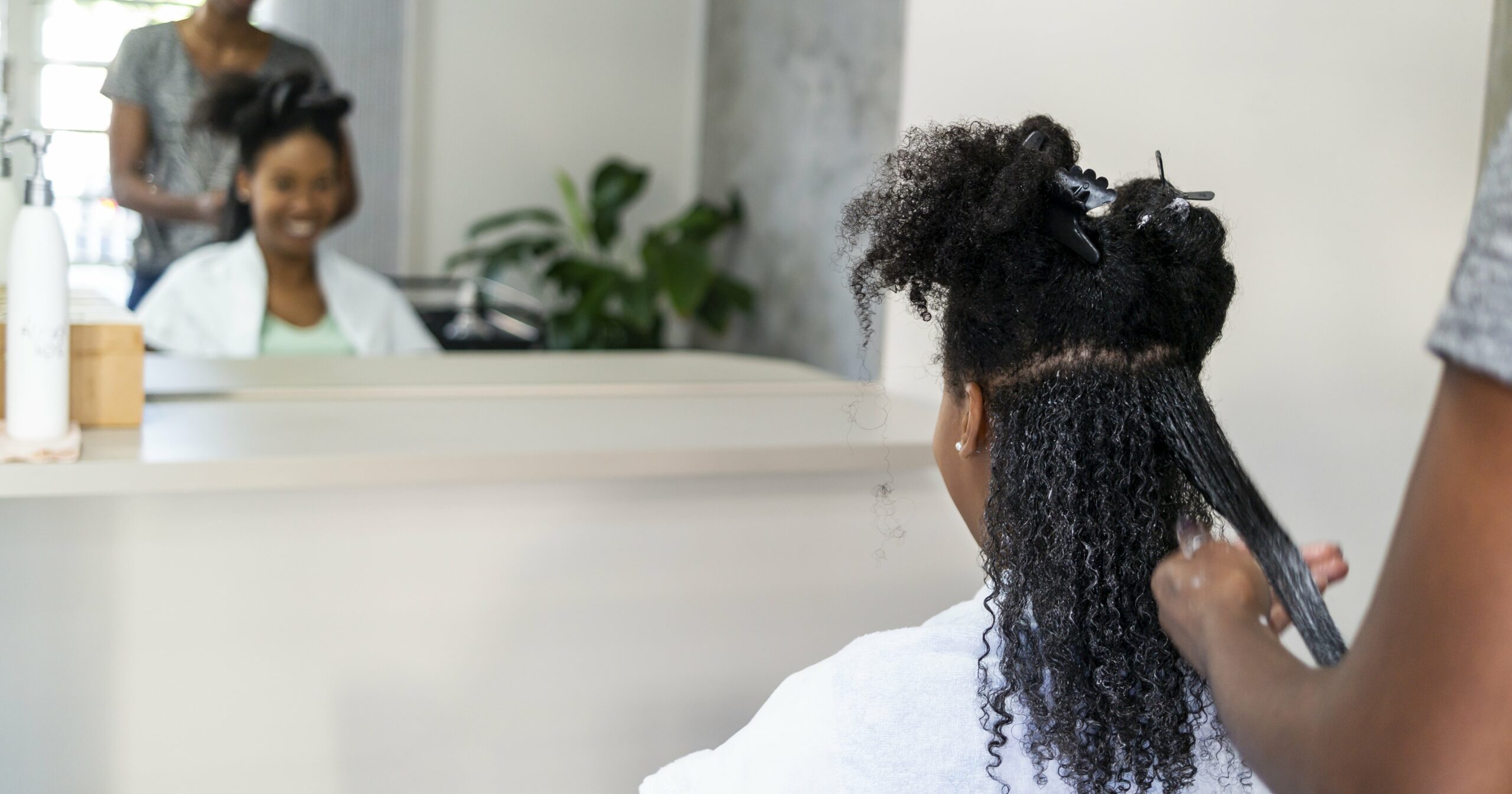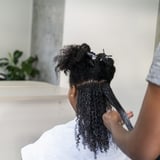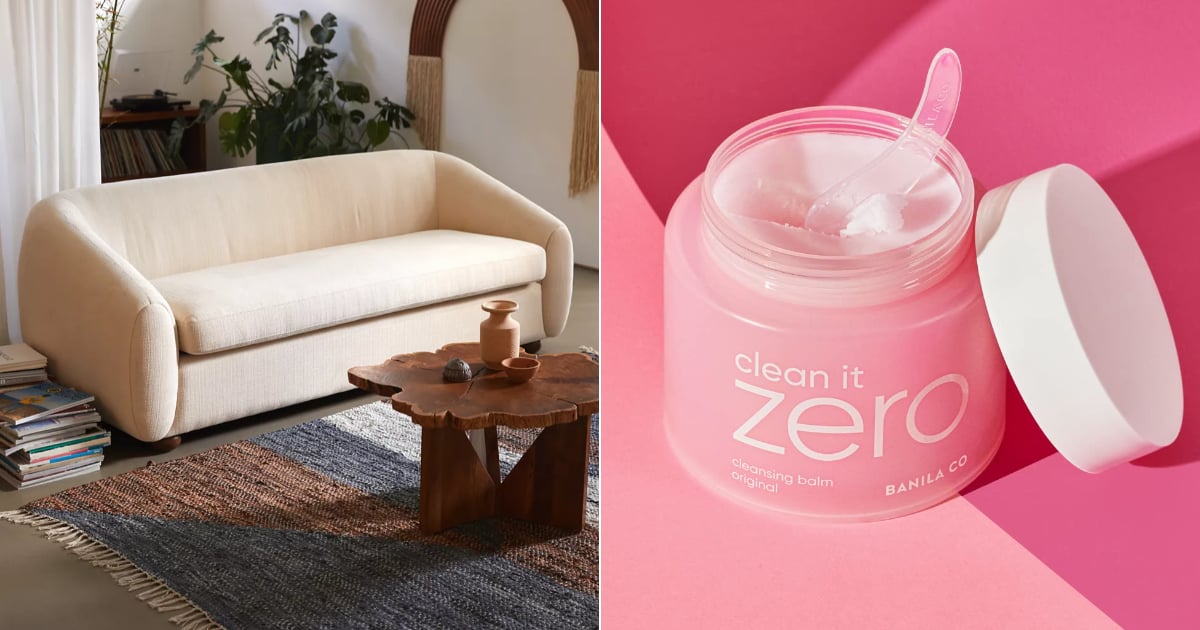Finding the right way to hydrate your hair can be quite the journey, especially if you’re a fellow natural who can’t quite seem to figure out which products will keep your curls in their best shape. If your hair sometimes suffers from dryness, breakage, and/or frizziness, and no product or treatment you’ve pumped into it seems to be helping, there’s a chance you might be missing a pretty big step, which is determining your hair’s porosity level.
In case you’re not sure what that is, we talked to a celebrity hairstylist to get the 411 on all things hair porosity and why figuring out yours can help in your overall hair journey. Keep scrolling to learn more.
Experts Featured in This Article
Laurie Heaps is a celebrity hairstylist who has worked with stars like Sabrina Carpenter and Miranda Cosgrove.
What Is Hair Porosity?
As celebrity hairstylist Laurie Heaps tells PS, “porosity refers to your hair’s ability to absorb and retain moisture,” and to understand it a little better, it helps to know a thing or two about cuticles. Tiny as they are, every strand of hair on your head consists of multiple layers, and the outer most layer is where the cuticles are. It’s this layer – which consists of “scales” that can open and close – that protects the other layers inside the hair shaft and allows moisture and water to penetrate the strand.
But how your cuticles lay can say a lot about your hair’s ability to stay moisturized: if they lay flat and are really close together, that means it’s harder for water and other products to penetrate your hair. On the flip side, if your cuticles easily open (and stay open) your hair might still have trouble retaining moisture due to gaps and holes that will let said moisture pass, but won’t hold it in. All of this is to say that hair porosity is separated into three categories, and your cuticles determine which category your hair fits into.
What Are the Levels of Hair Porosity?
Low, medium, and high. Here’s a little breakdown of what each one means.
Low porosity: As mentioned earlier, if your cuticles are close together, your hair essentially repels water, making it difficult for any type of moisturizer to permeate and hold. This means your hair porosity is low. “When there is low porosity, the cuticle is tight and the hair doesn’t have the ability to absorb moisture,” Heaps says. “This kind of hair can be dry and water will visibly bead up on it.” Depending on the products you use, they can also sit on your hair and build up if you don’t shampoo regularly.
Medium porosity: Also called “normal porosity,” medium porosity hair does a decent job of retaining moisture. According to Heaps, the cuticles on this kind of hair are “flat and closed, but also open easily to absorb moisture.” This type of hair is the easiest to style since it’s not as dry or susceptible to breakage as the others.
High porosity: “If your hair has high porosity, the cuticle is damaged and the layers of the cuticle are open,” Heaps says. To add to that, if your cuticles open easily and stay open, or if there are gaps in your cuticle layer, you might still have a difficult time retaining moisture. High porosity hair is more susceptible to breakage and tangles, and can often take an extended amount of time to dry when wet. Hair that’s been damaged by excessive heat or chemicals like color, perms, or relaxers often falls into this category.
So, What’s My Hair Porosity?
Determining your hair porosity is actually pretty simple. One of a handful of ways to test it out is via the “Float Test.” If you’re feeling curious, take a few loose strands of clean hair from a comb or hairbrush and place them in a cup or bowl of water. Let the strands sit for a moment and then look at how the hair behaves.
If your hair sinks to the bottom of the dish quickly, then your porosity is high, whereas if it sinks rather slowly, then it has a normal/medium porosity. If, after a few minutes, the strand appears to just float on the surface, then your porosity is low.
Products For Low-Porosity Hair
If your hair isn’t very porous, Heaps recommends using lightweight, water-based products. You may also want to steer clear of anything with protein, since it has a tendency to sit on top of the hair and make the strands feel dry and brittle. Hair milks and light natural oils also work for this type of hair, as well as clarifying shampoos to help rid your hair of product build-up. Some recommendations include Giovanni 50/50 Balanced Conditioner ($31) and Bumble and Bumble Sunday Shampoo ($35).
Products For Medium-Porosity Hair
For normal porosity hair, Heaps recommends products focused on moisture and protein to maintain the hair’s health, like Redken All Soft Mask ($32) and DevaCurl No-Poo Original Zero Lather Conditioning Cleanser ($32).
Products For High-Porosity Hair
Since high-porosity hair is generally weak and prone to breakage, those who have it should focus on hydrating and protein-rich products to help fill in the gaps of their damaged cuticles. If you have this type of hair, you should also deep condition regularly before following up with a sealant (think oils and butters), and try to incorporate products with humectants into your routine. A few product suggestions include Shea Moisture Coconut and Hibiscus Curl Enhancing Smoothie ($13) and Mielle Organics Babassu Oil Mint Deep Conditioner ($13).
Danielle Jackson was a former assistant editor for PS Beauty.




